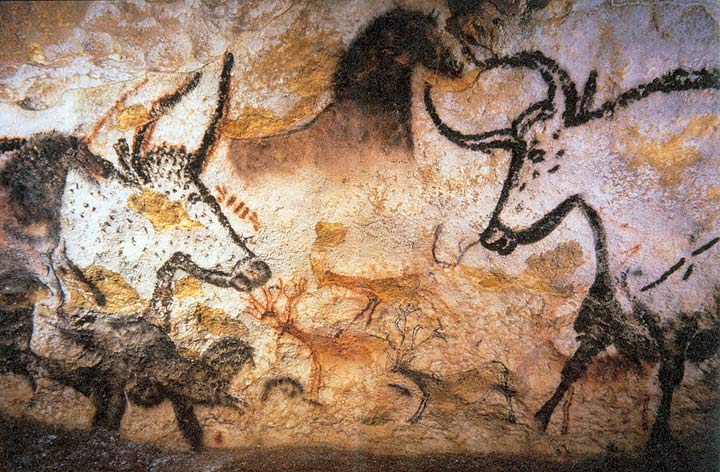 It’s crazy to imagine that in today’s day and age, there are still a handful of locations that are restricted from public access.
It’s crazy to imagine that in today’s day and age, there are still a handful of locations that are restricted from public access.
You can view all the pictures you want online, such as the ones on Wealth’s Instagram post, but no one will ever be able to step foot in the following five landmarks:
The Doomsday Vault

Credit: Subiet / Wikipedia
Formally known as the Svalbard Global Seed Vault, this structure located “Deep in the bowels of an icy mountain on an island above the Arctic Circle between Norway and the North Pole” holds 930,000 varieties of seeds.
As stated on Time, the structure is essentially a “huge safety deposit box” for “the world’s largest collection of agricultural biodiversity.”
In the event of a global catastrophe, the vault will be accessible to those who need seeds to grow food crops.
The Catacombs of Paris

Credit: Rijin, Own work, CC BY-SA 4.0
Dating back to the late 18th century, issues regarding public health in Paris caused the cemeteries of the city to relocate their contents underneath the ground.
Essentially, it’s an interconnected series of underground tunnels where millions of deceased bodies are located today.
While a small section is technically open for public viewing, the majority of the tunnel network is off-limits.
The Vatican Secret Archives

Credit: CC BY 3.0 via Wikimedia Commons
According to the History Channel, 35,000 volumes of the catalog are contained within 53 miles of shelving. This adds up to approximately 12,000 years of history in one location.
The specifics of the information contained here are secret, but it’s in line with the secrecy of its source, The Catholic Church. Researchers are able to enter the archives, but only after obtaining the church’s permission.
Mausoleum of the First Qin Emperor

Credit: Aaron Zhu, CC BY-SA 3.0 via Wikimedia Commons
Only being discovered in 1974, the tomb of Quin Shi Huang is the home of the very first emperor of China.
The Unesco World Heritage Convention describes the site as being “surrounded by the famous terracotta warriors, at the center of a complex designed to mirror the urban plan of the capital, Xianyan.”
From a more abstract viewpoint, the different figures located at the site are said to represent realism and historical interest.
The Lascaux Cave

Credit: EUX, Public domain, via Wikimedia Commons
In Southwestern France, specifically the Dordogne region, a cave that contains paintings from the Paleolithic times still exists in the year 2023.
The artwork is said to have “exceptional quality, size, sophistication, and antiquity” by the Bradshaw Foundation and has been claimed to be up to 20,000 years old.
The paintings depict the animals that were once native to the region all those years ago.
I’m not sure about you, but I would love to see all five of the locations that we are specifically not allowed to visit. However, there is good reason for these restrictions as they hold historical significance and are susceptible to irreversible damage.
Which landmark do you find the most interesting? Let us know by reaching out on one of our social media platforms.








